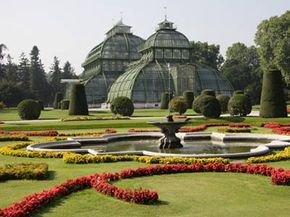So you've got some ideas for your backyard. You want to do some landscaping around a new patio, plant some native shrubs or maybe install a new sprinkler system. As you look around the yard, you can't imagine how it's going to look come late summer -- not to mention what will have sprouted five years in the future. You start to wish you could actually see it. Lo and behold, you can -- on your computer, with applications created for exactly this purpose. Landscaping design software lets you visualize every aspect of your project in detail, before you ever turn a spade.
The basic features of landscaping software programs are similar. Most systems will allow you to:
Advertisement
- Map out the area you're working with
- Input a set of dimensions to generate a visual model
- Upload digital photos of the site to build off of
Once you've created the base model, you can add new elements, such as specific plants or design features, manipulate them around, explore the possibilities from different angles and even view computer projections of plant growth at a variety of intervals.
Most applications come with large databases of plants to choose from. Once you learn to use landscaping software, you can quickly create highly realistic and attractive designs. With some programs you can make a video "walk through" of the landscape you magnificently created.
If you've grown weary of yard projects that end up looking iffy, this article will help you to learn about designing irrigation and terrain using landscape software systems.
Advertisement

